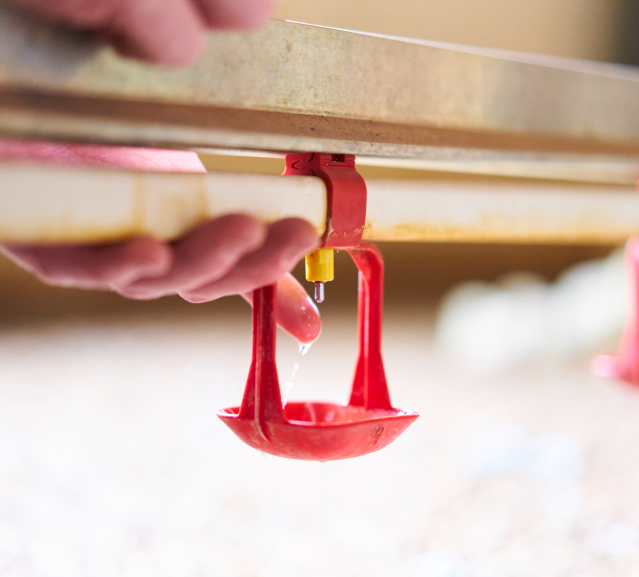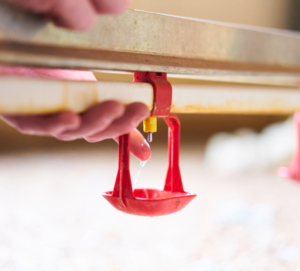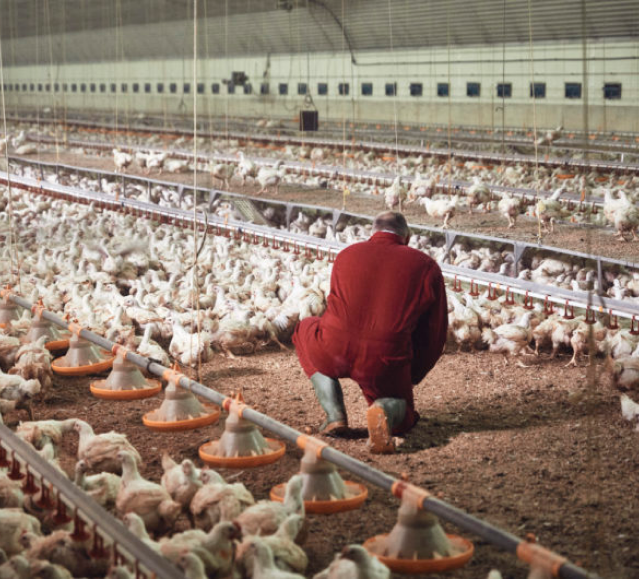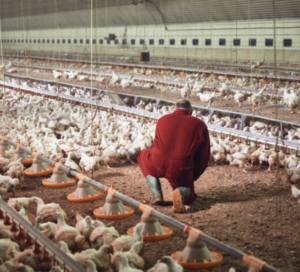Moreover, food producers are requested to reduce their emissions to air, water and land.
All poultry farms exceeding a threshold size of 40,000 bird places as well as slaughterhouses or processing plants (with a production capacity greater than 50 T is this 50 thousand? per day) are within the scope of the Industrial Emission Directive. National authorities deliver a “permit to operate” with strict conditions in order to achieve a high level of protection for the environment as a whole. Operators are required to carry out activities in compliance with their permit.
Moreover, on top of this strict legislative framework (currently under revision), operators are continuously looking to improve their impact on natural resources by developing techniques and methods of production that will limit their consumption.











